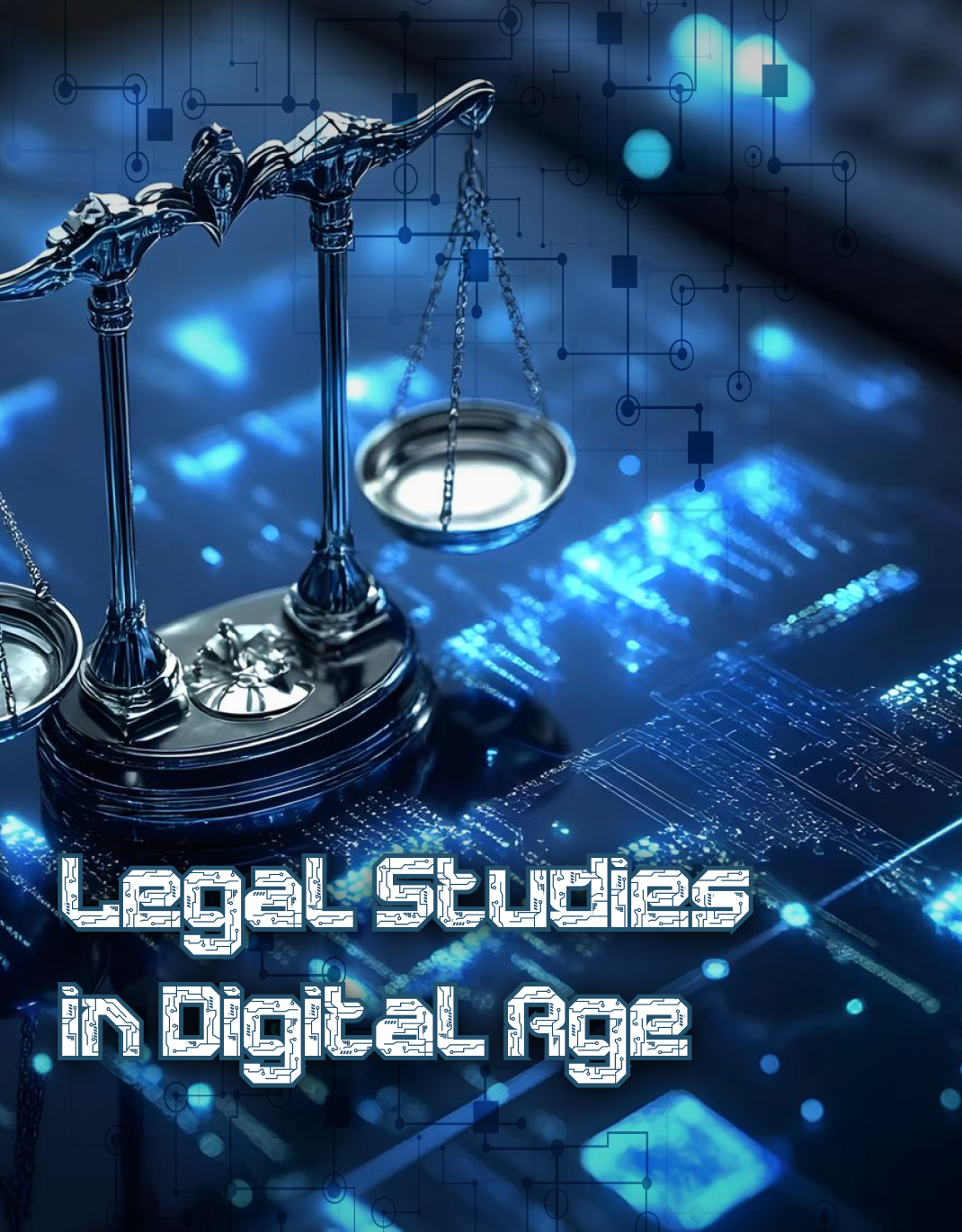Legal Frameworks for Protecting Digital Art and NFTs: Navigating Copyright and Ownership Rights in Virtual Spaces
Keywords:
Digital Art, NFTs, Copyright Law, Blockchain, Intellectual Property, Smart ContractsAbstract
The rise of digital art and Non-Fungible Tokens (NFTs) has revolutionized the creative economy, offering new avenues for artists and collectors. However, this rapid growth has also introduced significant legal challenges, particularly regarding copyright and ownership rights. Digital art, which encompasses a wide range of creations such as digital paintings, animations, and 3D models, exists in a decentralized and virtual space, making it difficult to apply traditional legal frameworks. NFTs, which are unique digital assets that serve as a proof of ownership for a specific piece of digital content, have further complicated the legal landscape. While NFTs provide a mechanism for establishing ownership and provenance, they do not automatically transfer copyright or guarantee that the underlying artwork is protected under intellectual property laws. This article explores the current legal frameworks surrounding digital art and NFTs, analyzing the distinctions between ownership and copyright, the challenges of enforcing legal protections across borders, and the potential for technological solutions such as blockchain and smart contracts to address these issues. The article also examines recent case studies and legal precedents, offering insights into the evolving nature of digital art law. Finally, the article proposes legal reforms, international collaboration, and best practices for stakeholders in the NFT ecosystem, aiming to create a more secure and transparent environment for digital art creators, collectors, and marketplaces.

